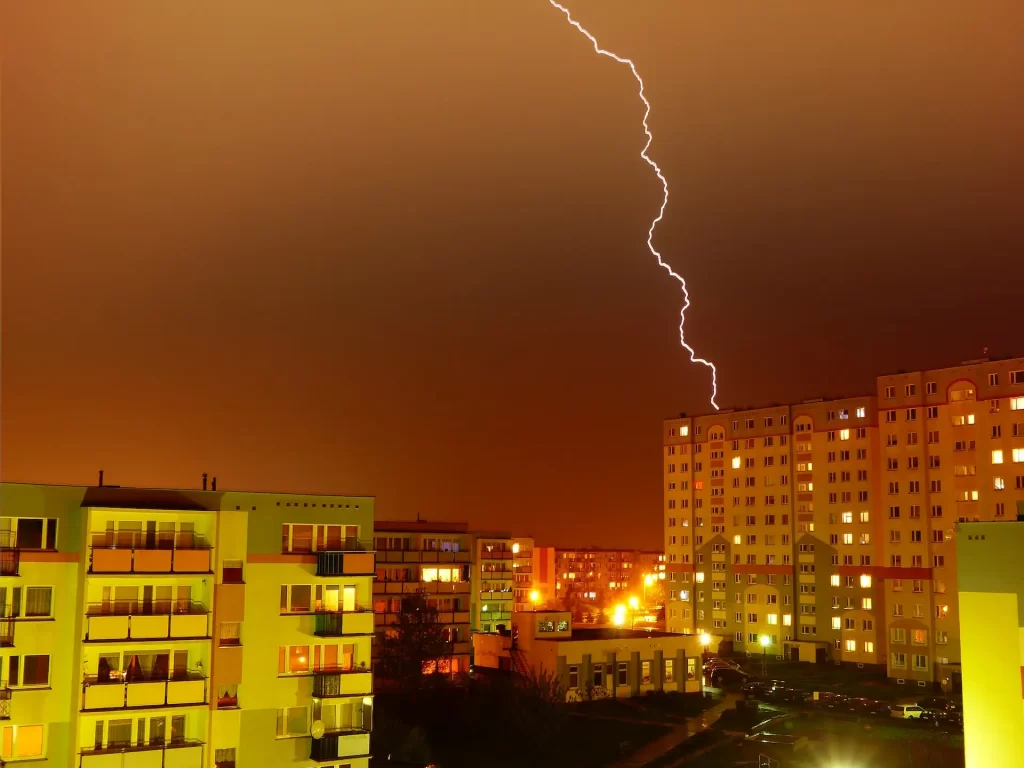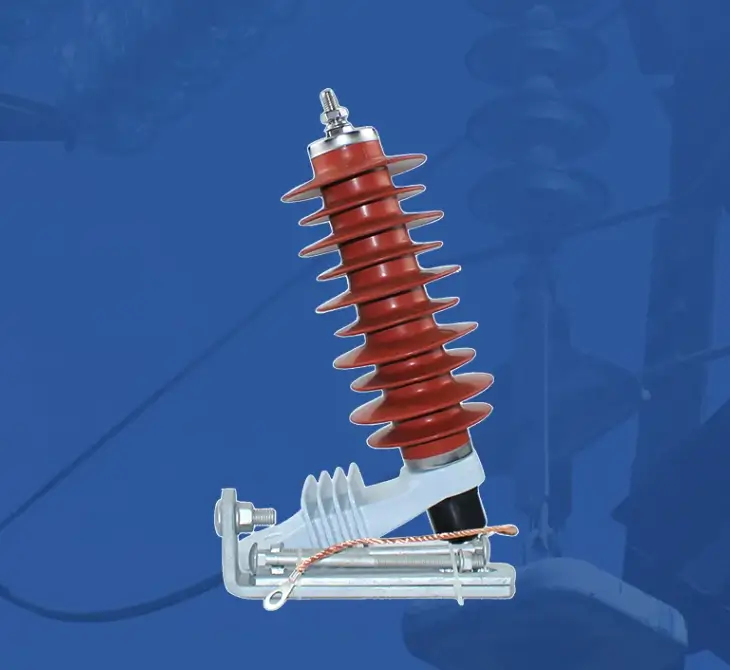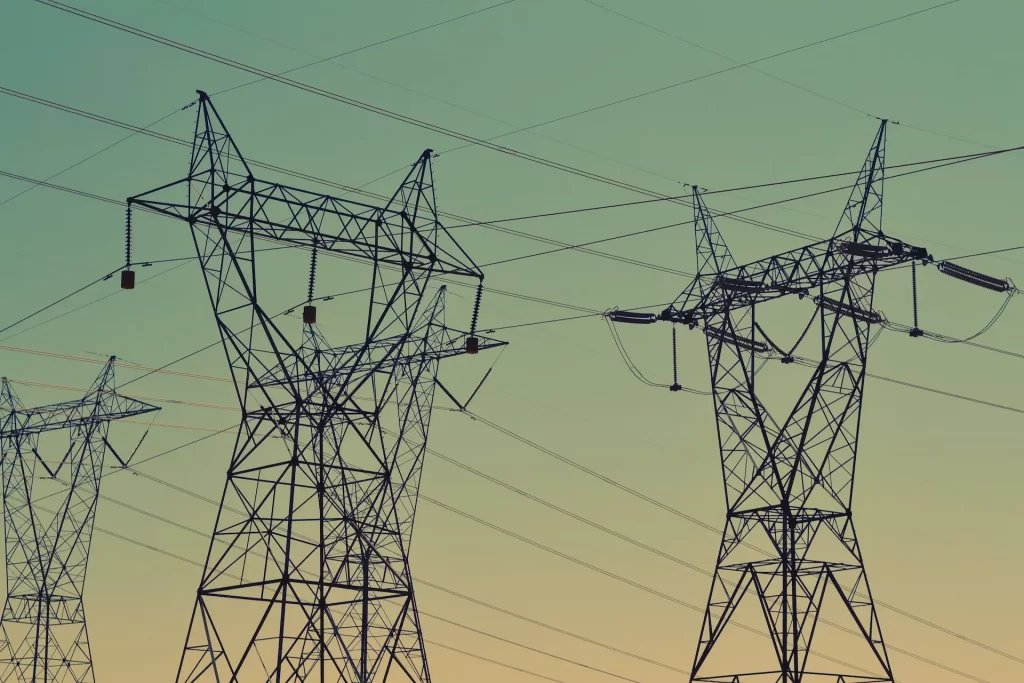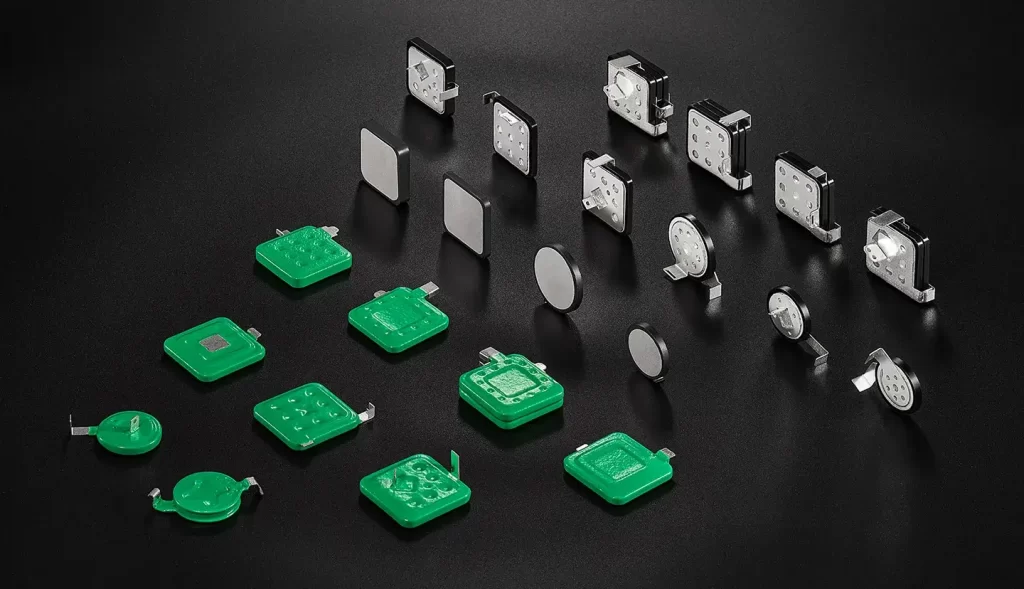Table of Contents
ToggleThe Ultimate Guide To Choosing A Surge Arrester
Introduction
Have you ever given thought to the question of how power systems are guarded against voltage spikes? When it comes to protecting electrical equipment and reducing the amount of downtime that may be incurred as a result of switching events or lightning strikes, surge arresters play a vital role. This guide will help you understand the essential factors to consider when selecting the right surge arrester for your needs if you are in the market for a surge protector and need some assistance doing so. Let’s jump right in and discover everything there is to know about surge arresters, shall we?
“The Role Of Surge Protectors Is Critical For Solar Energy Systems”Dedao Huang MOREDAY CEO
What Is A Surge Arrester?
Definition
A surge arrester is a protective device that is designed to limit voltage surges in electrical systems. This helps prevent damage to equipment and ensures that personnel are kept safe. Surge arresters prevent harmful currents from reaching sensitive devices by redirecting excess voltage to the ground. This prevents the current from reaching the devices.
Importance
It is very necessary to install surge arresters in order to ensure the longevity and dependability of electrical systems. They protect the equipment from the damaging effects of overvoltages that may be caused by lightning strikes or switching operations. As a result, they reduce the risk of system failures and costly repairs.

Source:unsplash
Types Of Surge Arresters
Gapped Silicon-carbide Arresters
Resistor blocks made of silicon carbide are used in the construction of traditional arresters, which have spark gaps between them. In comparison to metal-oxide arresters, gapped silicon-carbide arresters are more difficult to maintain and have a slower response time, despite the fact that they are less expensive.

Metal-oxide Arresters
Zinc oxide varistors are used in modern metal-oxide arresters (MOAs) so that the voltage-limiting performance may be significantly improved. They have a quicker response time, have fewer maintenance requirements, and provide improved protection against multiple surge events.
Voltage Rating
It is essential, in order to provide effective protection, to choose an interrupter that has the appropriate voltage rating. The rating ought to be compatible with the system’s highest possible continuous operating voltage (MCOV). When trying to determine the correct voltage rating for your application, it is strongly suggested that you seek the advice of an electrical engineer.
Energy Absorption Capacity
The energy absorption capacity of an arrester, also known as its mcov, indicates the arrester’s capacity to handle surge energy without failing. Be sure to pick a surge arrester that has a capacity that is appropriate for the anticipated levels of surge current in your system.
Response Time
An interrupter with a faster response time ensures that it will react quickly to overvoltages, improving protection for the equipment it is connected to. In most cases, the response times offered by metal-oxide arresters are much faster than those offered by gapped silicon-carbide arresters.
Mounting Location
Line Surge Arresters
These arresters are installed directly on power lines so that they may provide localized protection to certain pieces of equipment or sections of a power system.

Source:unsplash
Station Surge Arresters
The installation of station arresters at substations and other strategically important locations helps to ensure the safety of the whole power grid.
Material And Design
Selecting an arrester that has high-quality materials and a solid design will help ensure the device’s reliability and longevity over the long run. In comparison to their gapped silicon-carbide counterparts, metal-oxide arresters boast superior performance as well as longer service life.
Standards And Certifications
Make sure the surge arrester you choose is up to the relevant industry standards and has the appropriate certifications. Compliance with standards such as IEEE, IECC, and Ansi guarantees that the arrester has been tested and shown to perform as expected in a variety of environments. These standards include the American national standards institute (ansi).
Installation And Maintenance
Installation that is done correctly and ongoing maintenance are two aspects of surge arresters that are essential to their effectiveness and longevity. It is very necessary to install the product in accordance with the instructions provided by the manufacturer and to seek the advice of an experienced professional for periodic inspections and upkeep.
Manufacturer Reputation
When choosing a surge suppressor, it is important to consider the brand’s history and reputation. Companies with a good reputation have a track record of consistently delivering high-quality goods and dependable assistance to their customers. When evaluating a manufacturer’s credibility, it is helpful to look at customer reviews, case studies, and testimonials.
Price And Warranty
Although cost should be one of your primary considerations, you shouldn’t let it be the only factor that steers your decision when selecting a surge suppressor. Choose an option that strikes a healthy balance between quality and cost. Checking the terms of the warranty that the manufacturer provides is another step you can take to ensure that your investment is protected.
Environmental Considerations
A surge arrester’s performance might be impacted by the operating environment in which it is used. When choosing an arrester, it is important to take into account a number of environmental factors, including temperature, humidity, and the presence of corrosive substances. Some restraints have been constructed so that they can withstand harsh environments, making it possible for them to perform reliably even in difficult circumstances.
Conclusion
It is vitally important that you select the appropriate surge arrester in order to ensure the safety of your electrical equipment and the reliability of your power system as a whole. You are able to make an informed decision that is tailored to your requirements if you take into account factors such as the type, voltage rating, energy absorption capacity, response time, mounting location, material and design, standards and certifications, installation and maintenance, manufacturer reputation, price, warranty, and environmental considerations. Never underestimate the importance of a well-chosen surge arrester because it can make all the difference in protecting your valuable assets.
Derek Ke
Hey, I’m Derek Ke, the founder of Moredaydc.com, an expert in solar electrical products and ev charging.
In the past 15 years, we have helped 60 countries and nearly 500 customers (such as farms, residences, industrial and commercial) solve new energy and green power problems. This article aims to share more knowledge about solar electricity and new energy with everyone, so that green electricity can enter every home.
Common Queries
Frequently Asked Questions
A: A surge arrester is designed to limit voltage surges in electrical systems, protecting equipment and personnel from overvoltages caused by lightning strikes or switching events.
A: Gapped silicon-carbide arresters use silicon-carbide resistor blocks and spark gaps, while metal-oxide arresters utilize zinc oxide varistors. Metal-oxide arresters offer faster response times, better protection, and require less maintenance compared to gapped silicon-carbide arresters.
A: Consult with an electrical engineer to determine the correct voltage rating based on your system’s maximum continuous operating voltage (MCOV).
A: Consider the operating temperature, humidity, and presence of corrosive substances when selecting a surge arrester for harsh environments. Some arresters are designed specifically to withstand challenging conditions.
A: Reputable manufacturers have a proven track record of providing high-quality products and reliable customer support. Choosing an arrester from a reputable company ensures that you receive a dependable product backed by solid warranties and customer service.
Make Electricity Available To All People





